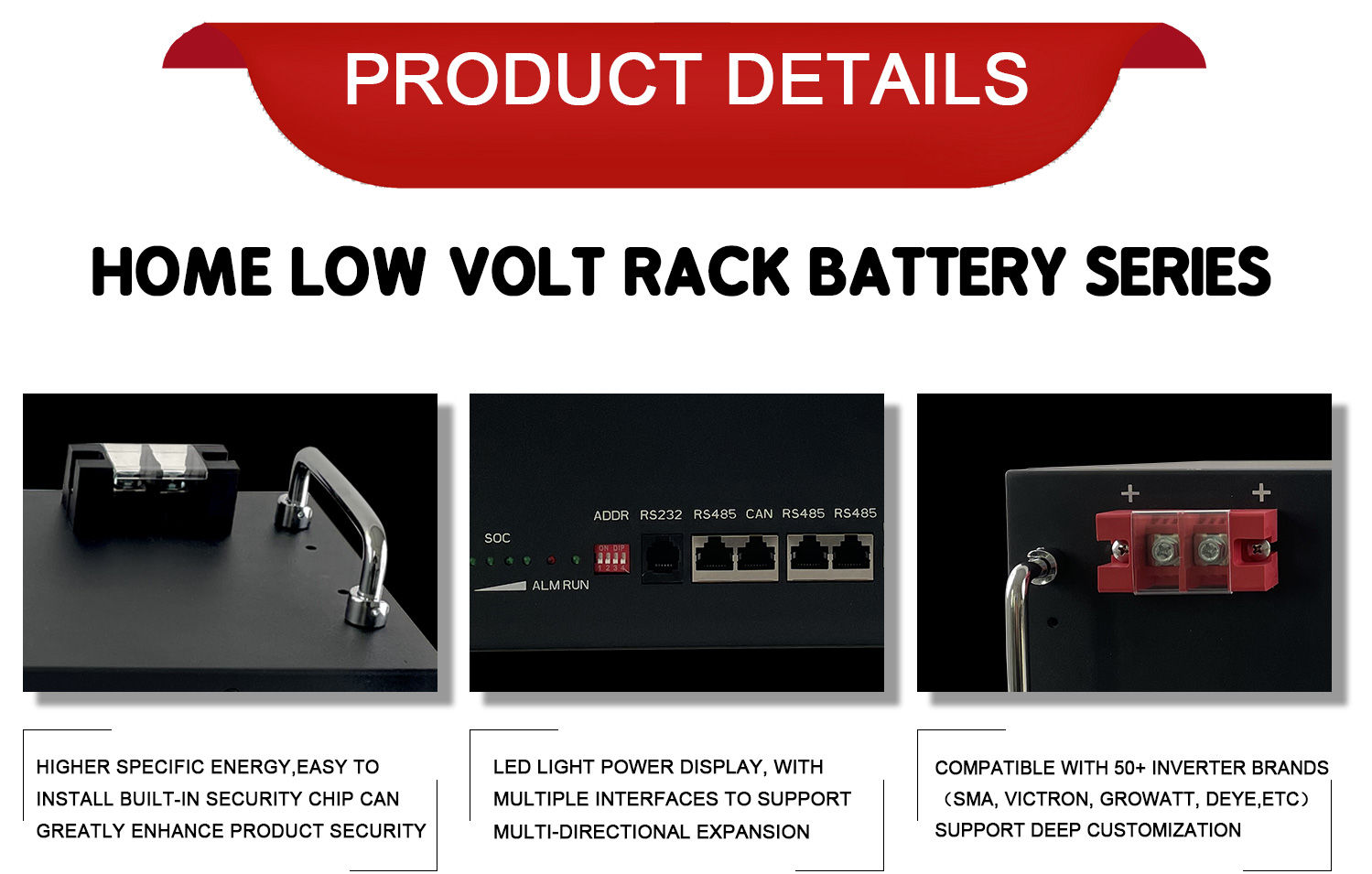Released on Apr. 13, 2022
Almost all electronic devices use batteries. Some devices require direct and heavy voltages, where the wires meet the need for direct power supply. Even cars need heavy-duty batteries that can run the car at breakneck speeds. Before the invention of lithium batteries, nickel-cadmium alloys were used in almost all electronic devices. As lithium-ion batteries replace nickel-cadmium batteries and are used in almost all devices, from TV remotes to cars. Today, we are going to check are Ni-Cad batteries and Li-Ion batteries interchangeable? Let's check.
The main function of any battery is to provide power according to its capacity and machine requirements. All you need to do is put an appropriately sized battery into the machine or device. The machine doesn't know the importance of Li-ion and Ni-Cd batteries, so it can only work on external command. The battery should be compatible no matter which company or the battery is working in it.
The main purpose is to provide a proper power supply to the device. Therefore, nickel-cadmium can be replaced and lithium-ion batteries can be used in any device. Some people have also done some experience with this; the result is always the same. The reason is that the main function of any battery is to provide a fixed amount of power supply, so some batteries may last a long time, while others may reach the end very quickly. It depends on the capacity of the battery, making it durable and a waste of money. There is no doubt that Li-ion batteries are considered the best due to their extra efficiency and long-lasting ability.
Many batteries try to reach the level of lithium-ion batteries, but it replaces many. Nickel-cadmium was used worldwide before the invention of the lithium-ion battery, and it replaced nickel-cadmium because of its multiple benefits. Let's discuss the difference between the two batteries.

The difference between lithium-ion batteries and nickel-cadmium batteries:
Lithium-ion batteries are small and require low maintenance. Compared with nickel-cadmium batteries, lithium-ion batteries are more environmentally friendly and safer. While the two batteries have similarities, they differ in many ways, including impact, cost, and environmental impact. Let's take a look at the differences between NiCd and Li-Ion batteries as follows:
1. Electrochemistry:
NiCad consists of two different chemistries at the positive and negative terminals. picture:
i. What is cadmium? negative electrode
ii. Nickel hydroxide for positive electrode
iii. Electrolyte for use with potassium hydroxide aqueous solution
Lithium consists of:
i. Graphite at the positive electrode
ii. Lithium oxide for negative electrode
iii. For electrolyte, use lithium salt
During the discharge process, the movement of lithium ions is from the negative electrode to the positive electrode. When charging, the back movement function will be activated.
2. Environmental impact:
Lithium-ion batteries are considered environmentally friendly batteries. No non-hazardous waste is used in the battery manufacturing process. On the other hand, nickel-cadmium batteries contain many harmful chemicals that are not good for the human body.
It contains 6% industrial batteries and 18% consumer batteries like cadmium etc. Cadmium is considered a harmful toxic heavy metal, which is why you need to be very careful when you need to handle batteries. Therefore, many countries are developing different prevention and restriction strategies.
3. Battery cost:
Lithium-ion batteries are expensive because they all have protection circuits that control current and voltage. The price of NiCad is reduced by 40%. This is why lithium-ion batteries are not easy to find in the market. If you need it, you can check its online availability.
4. Memory effect:
Lithium-ion batteries can remember charge cycles, and they do so better than nickel-cadmium batteries. Plus, endure extreme weather and heat. A protection circuit will keep the battery safe.
Nickel-cadmium batteries (NiCad) suffer from the memory effect, which is why lithium-ion batteries are considered better anyway. NiCad does not have any protection circuitry.
5. Cycle times:
The life cycle of the battery is the same. The difference is the voltage and higher cost. Their performance is the same. Lithium-ion is lighter in weight, but nickel-cadmium is composed of heavier materials. Both batteries have long-lasting effects.
In conclusion, the performance and voltage of the batteries are almost the same, but their differences cannot be ignored. Therefore, it is crucial to use the correct battery for your device. Not only does it keep your device safe, but it also extends its lifespan.
No, it is not possible because of their formation and the chemicals used. Both batteries have different electrolytes and different negative and positive terminals. Therefore, if two batteries are placed in the same device, the chemical reaction could lead to a form of explosion.
Mixed batteries can crack your device. Not only does it work with Li-Ion and NiCd, but it doesn't perform any act of mixing different types of batteries. It may work, but after a while, it will start working or may damage your device. So it's best to avoid this behavior, even if it's not harmful. Use the exact battery for each device so that the battery provides efficient performance. Lithium-ion batteries are expensive, so you can also use nickel-cadmium batteries as an alternative.
Bottom line:
Li-Ion and NiCd batteries are interchangeable because they have the same characteristics and qualities. Although they are formed differently, it is dangerous to place two batteries at the same time. A battery can be used in exchange, as the machine does not recognize the type of battery and only needs power.
Navigation
Mob: +86 186 6629 0033
Tel: +86 0769 85544410
Fax: +86 0769 85544410
E-mail: info05@zwaynenergy.com
WhatsApp: +86 137 1409 6556
Wechat: +86 186 6629 0033
Office: 16th Floor, Yunhua building, shajing Town, Shenzhen, PRC
Add: Room 101, Building 1, No. 18 Hu Nan Road, Changping Town, Dongguan City, Guangdong Province
Follow Us